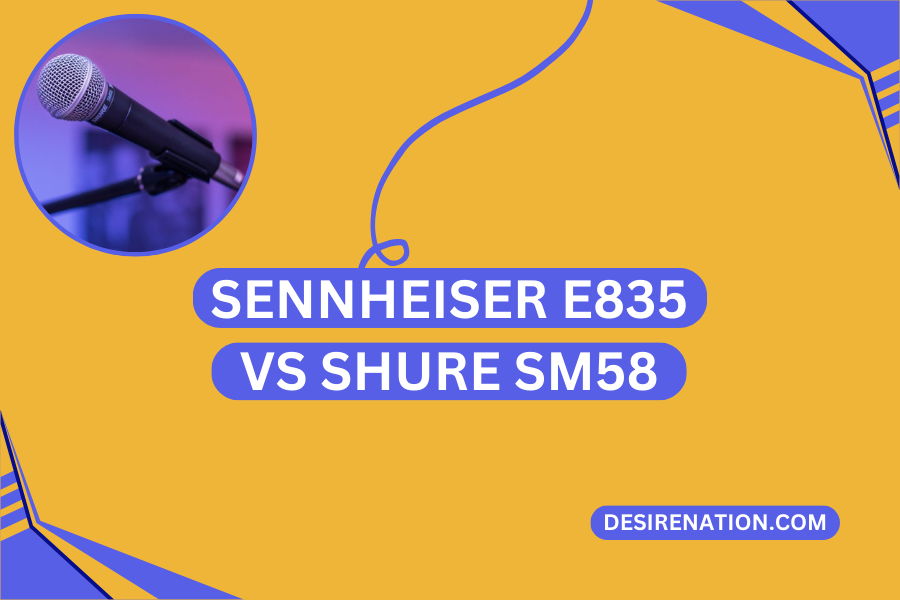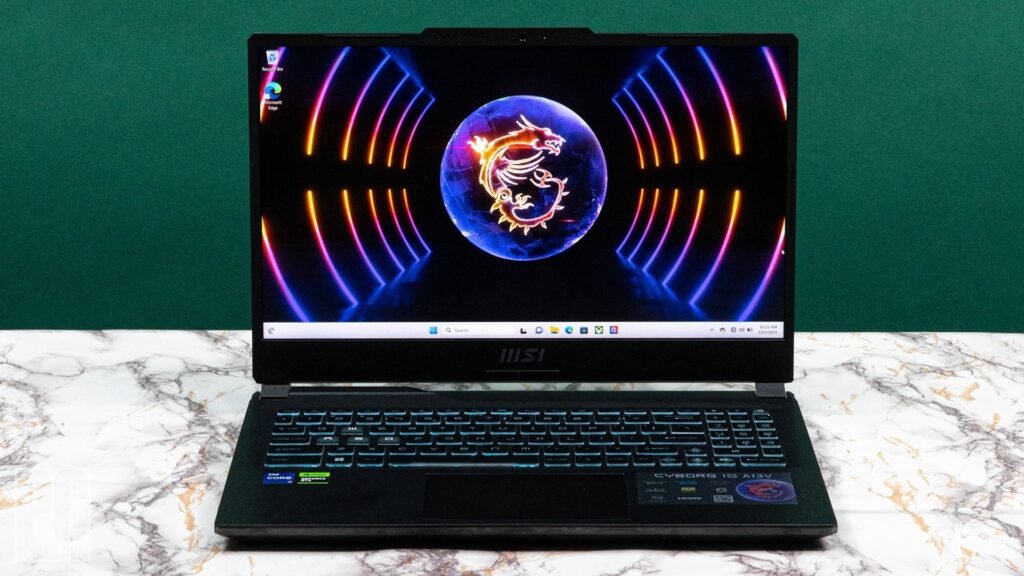When it comes to dynamic microphones, the Sennheiser e835 and the Shure SM58 are two heavyweights in the industry. Both renowned for their exceptional performance, they have found a place in the kits of professionals and enthusiasts alike. In this comprehensive comparison, we’ll break down the specifications, strengths, and considerations for each, to help you make an informed decision.
Specifications
Sennheiser e835
- Type: Dynamic
- Polar Pattern: Cardioid
- Frequency Response: 40 Hz – 16,000 Hz
- Sensitivity: 2.7 mV/Pa
- Impedance: 350 Ohms
- Weight: 330 grams
- Connector: XLR
- Price Range: $$
Shure SM58
- Type: Dynamic
- Polar Pattern: Cardioid
- Frequency Response: 50 Hz – 15,000 Hz
- Sensitivity: -54.5 dBV/Pa
- Impedance: 150 Ohms
- Weight: 298 grams
- Connector: XLR
- Price Range: $$
Pros of the Sennheiser e835
- Extended Frequency Range: The e835 offers a wider frequency response, capturing more detail in both vocals and instruments.
- Affordable: It provides excellent performance at a relatively lower price point, making it accessible to a wide range of users.
- Durable Construction: Built to withstand live performances and touring, the e835 features a robust construction.
- Low Handling Noise: It effectively minimizes handling noise, allowing for clean and clear sound reproduction.
Cons of the Sennheiser e835
- Slightly Heavier: It is marginally heavier compared to the SM58, which might be a consideration for some users.
- Narrower Frequency Response: While the e835 has a wider range than the SM58, it still has a slightly narrower range compared to some other microphones in its category.
Pros of the Shure SM58
- Industry Standard: The SM58 is widely regarded as an industry-standard microphone, known for its reliability and consistent performance.
- Proven Durability: It’s built like a tank, capable of enduring the rigors of live performances and tours.
- Natural Sound Reproduction: The frequency response is tailored for vocals, delivering a warm and clear reproduction of the human voice.
- Effective Pop Filter: The built-in spherical pop filter minimizes breath and wind noise, making it ideal for close-up vocal work.
Cons of the Shure SM58
- Slightly Higher Price Point: It tends to be priced slightly higher compared to the e835, which might be a factor for budget-conscious users.
- Narrower Frequency Response: Similar to the e835, while optimized for vocals, it may not capture the full range of some instruments.
Overall Rating
- Sennheiser e835: 4.5/5
- Shure SM58: 4.7/5
Similar Products
Sennheiser e935
- Type: Dynamic
- Polar Pattern: Cardioid
- Frequency Response: 40 Hz – 18,000 Hz
- Sensitivity: 2.8 mV/Pa
- Impedance: 350 Ohms
- Weight: 365 grams
- Connector: XLR
- Price Range: $$$
Shure Beta 58A
- Type: Dynamic
- Polar Pattern: Supercardioid
- Frequency Response: 50 Hz – 16,000 Hz
- Sensitivity: -51.5 dBV/Pa
- Impedance: 150 Ohms
- Weight: 278 grams
- Connector: XLR
- Price Range: $$$
Final Words
Choosing between the Sennheiser e835 and the Shure SM58 ultimately depends on your specific needs and preferences. Both microphones are exceptional in their own right, and either choice would be a valuable addition to your audio toolkit.
FAQ
Q: Can I use these microphones for recording instruments?
A: While optimized for vocals, both microphones can capture instruments effectively, especially those within their respective frequency ranges.
Q: Are these microphones suitable for outdoor use?
A: Yes, both microphones are durable and can withstand outdoor conditions, but it’s advisable to use windshields in windy environments.
Q: Do they require phantom power?
A: No, both the e835 and SM58 are dynamic microphones, which means they do not require phantom power to operate.
You Might Also Like These:












